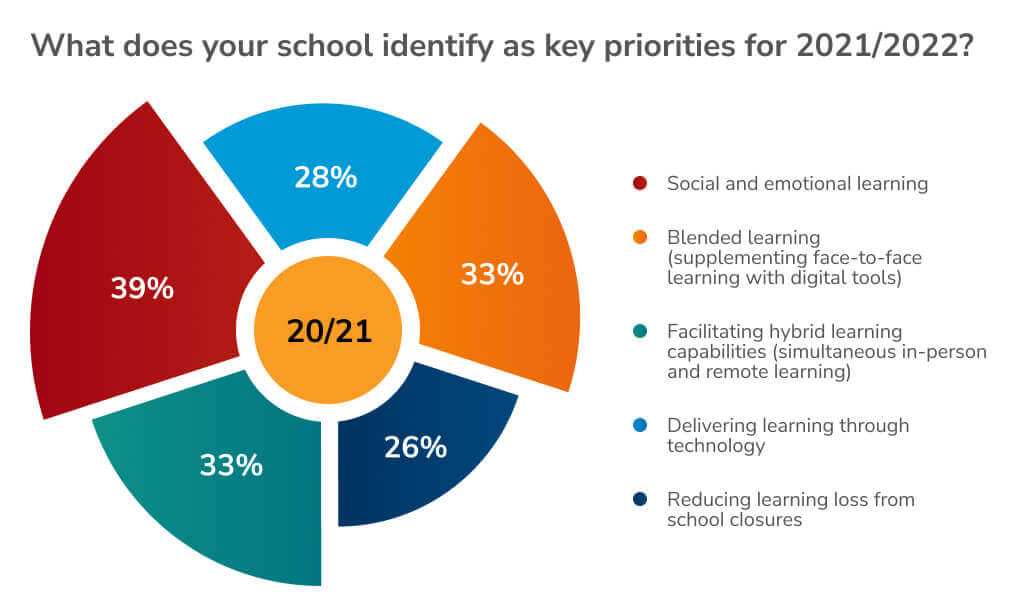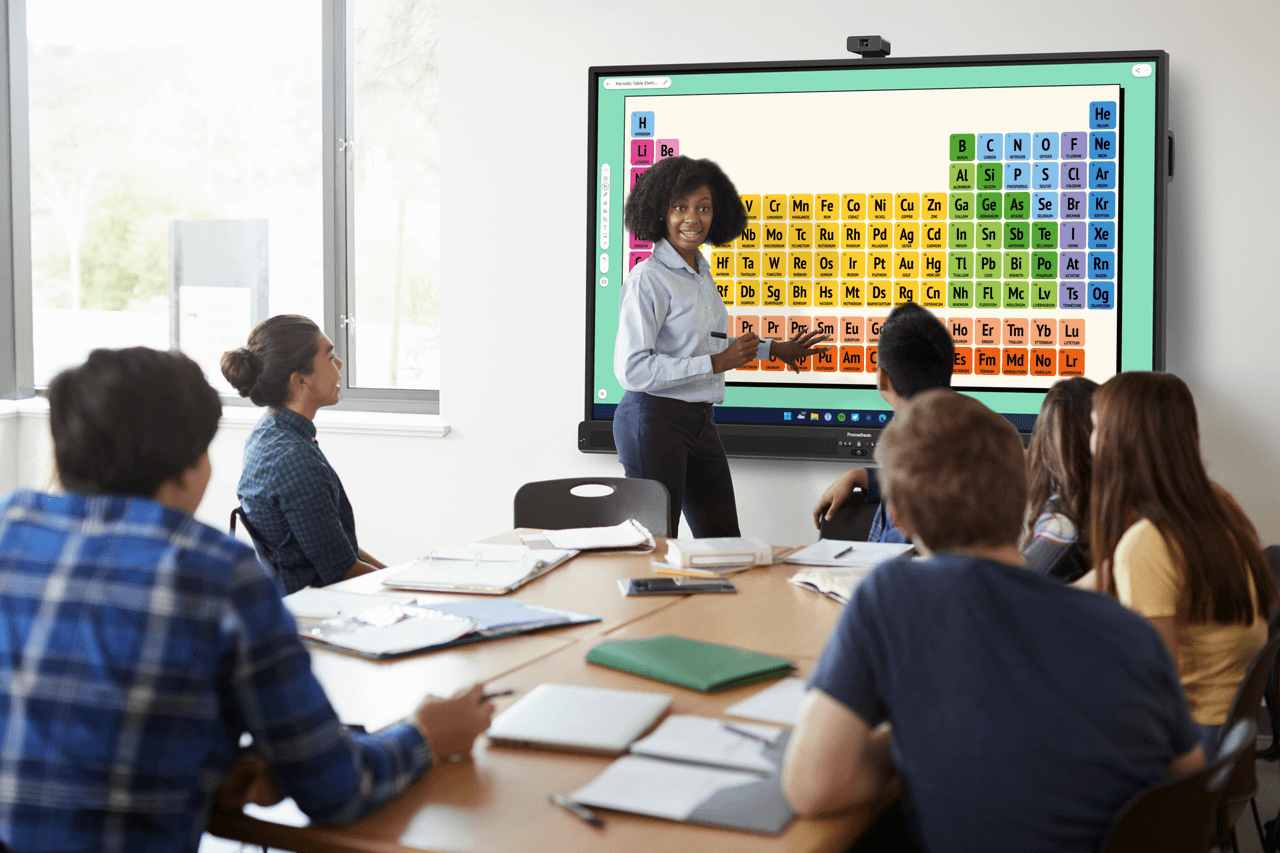Published on October 15th, 2021
Alone, together – has teaching become more than providing an education?
5 minute read

With social-emotional learning now the top strategic priority, here’s how the role of teaching and the teacher is changing to meet it.
Student maturity has always been an interest of teachers, but usually refers to a studious, conscientious work ethic. However, after a period of lockdown and isolation, educators are more aware than ever how a student’s character and academic drive are distinctly separate concerns. Indeed, more are convinced it’s no longer a secondary, incidental focus but a primary facet of their job — as much a part of a student’s education as their final grades.
Or is it even more important than that? Student wellbeing has deepened from nurturing well-rounded young people prepared to thrive as adults, to fostering personal relationships and tailoring lessons to individuals. As staff remain committed to helping students recover from another year of disruption, it’s more than raising their results and attainment. In fact, they come second this year — the 2021/22 US State of Technology in Education Report reveals social and emotional learning is the top strategic priority, according to 39% of educators.

So, what does this mean in practice for teachers’ day-to-day role, and how can you support your students?
Working on wellbeing
Student wellbeing is central to a teacher’s job as they have the most direct, regular contact with students. You should therefore look to foster personal relationships with them, both to build trust and to understand how to tailor their lesson delivery and classroom experience to each individual.
“A truly exceptional school is defined by] the ability to identify student needs and the flexibility and innovative thinking necessary to meet them.”
IT Admin/Network Manager, Public School District, Michigan
We’ve recently seen just how differently students cope and learn — and the importance of a teacher as a mentor figure. By continuously developing this understanding, you’ll better know how to support students during times of disruption or uncertainty, helping them become more resilient over time. But prioritizing wellbeing isn’t only necessary for challenging times; it yields greater rewards in the classroom, with positive learning outcomes from students feeling more inspired and motivated.
Collaboration in the classroom
With teaching moving away from a reliance on lecture-style delivery, and wellbeing strategies coming to the fore, it’s time to explore different types of teaching and learning. Collaboration in the classroom is one of the most effective ways of fortifying student confidence, and collaborative learning also grows students’ social, interpersonal, and communication skills. 68% of educators believe tech enables students to better learn these kinds of soft skills.
Interacting with each other can help replace feelings of loneliness with a sense of connection as students bond with you and their peers. It also empowers a sense of autonomy and ownership over their learning, viewing education less as imposed information to digest and more as a space where they can explore, find their strengths, and work with others. As education advances from imparting knowledge by a single teacher, to being steered by students’ social-emotional needs, their independence increases.
How else is the role of teachers and education changing?
The 2021/22 US State of Technology in Education Report shares a full picture of how student needs are evolving, how staff are responding, and their predictions for the future. For insight backed by thousands of your peers, read the report now.




